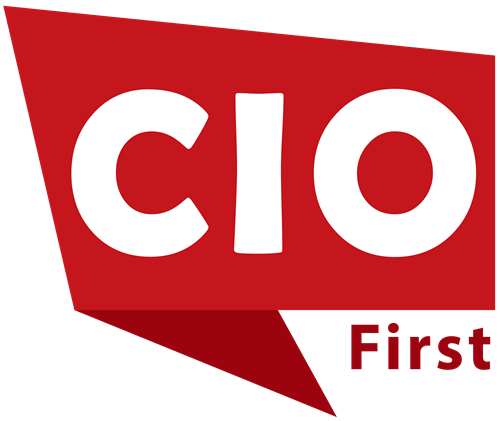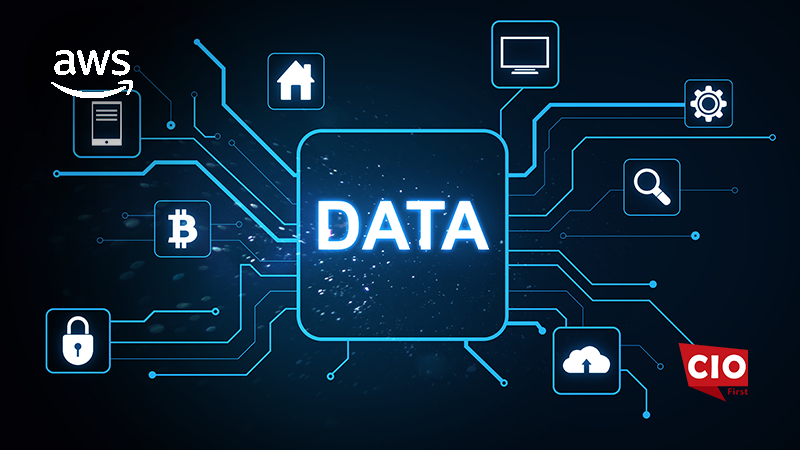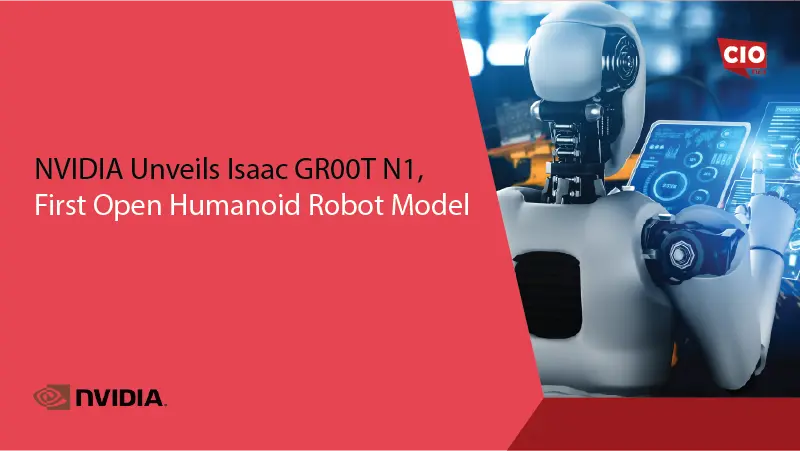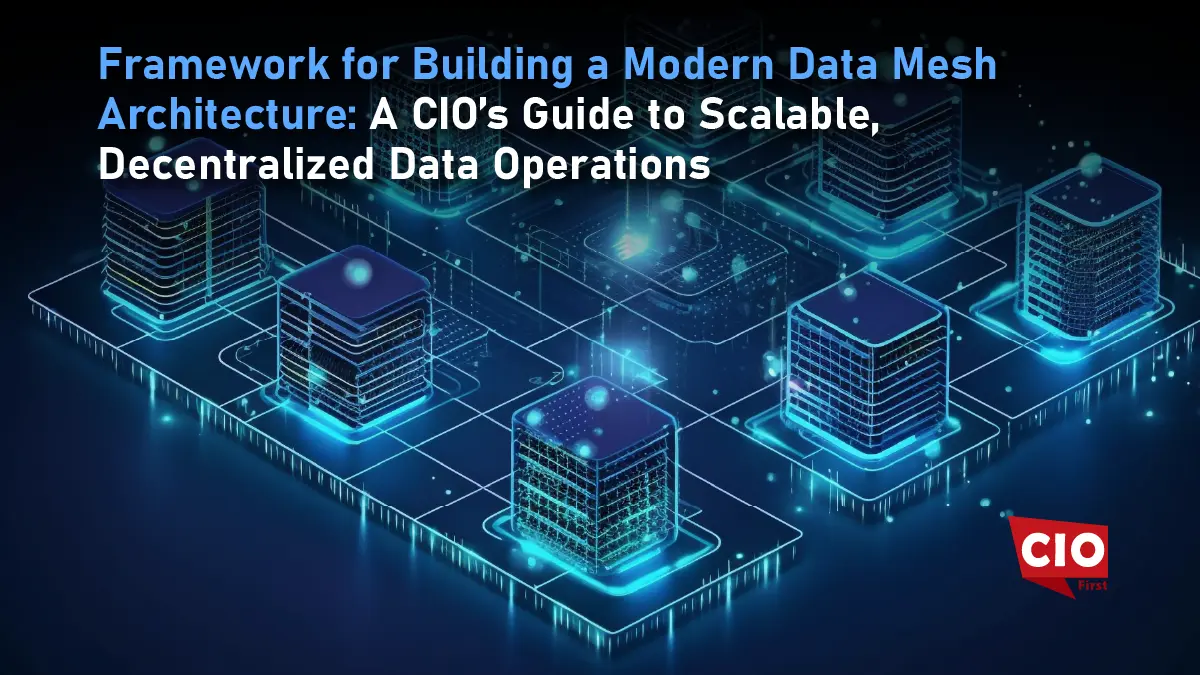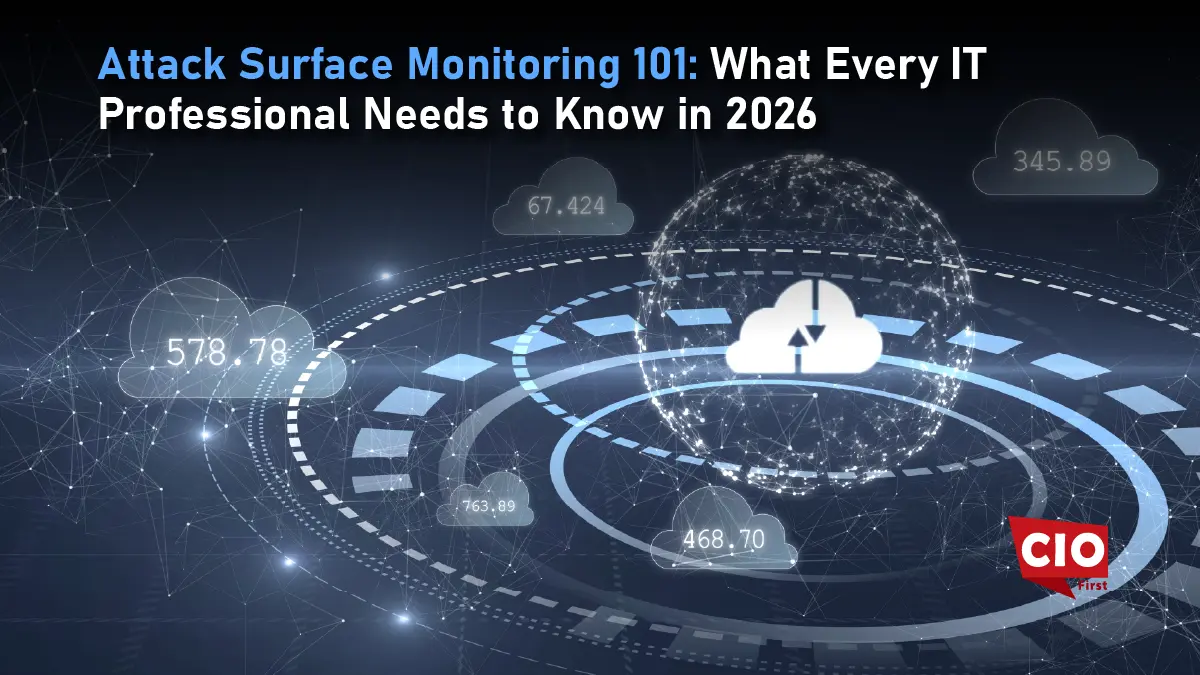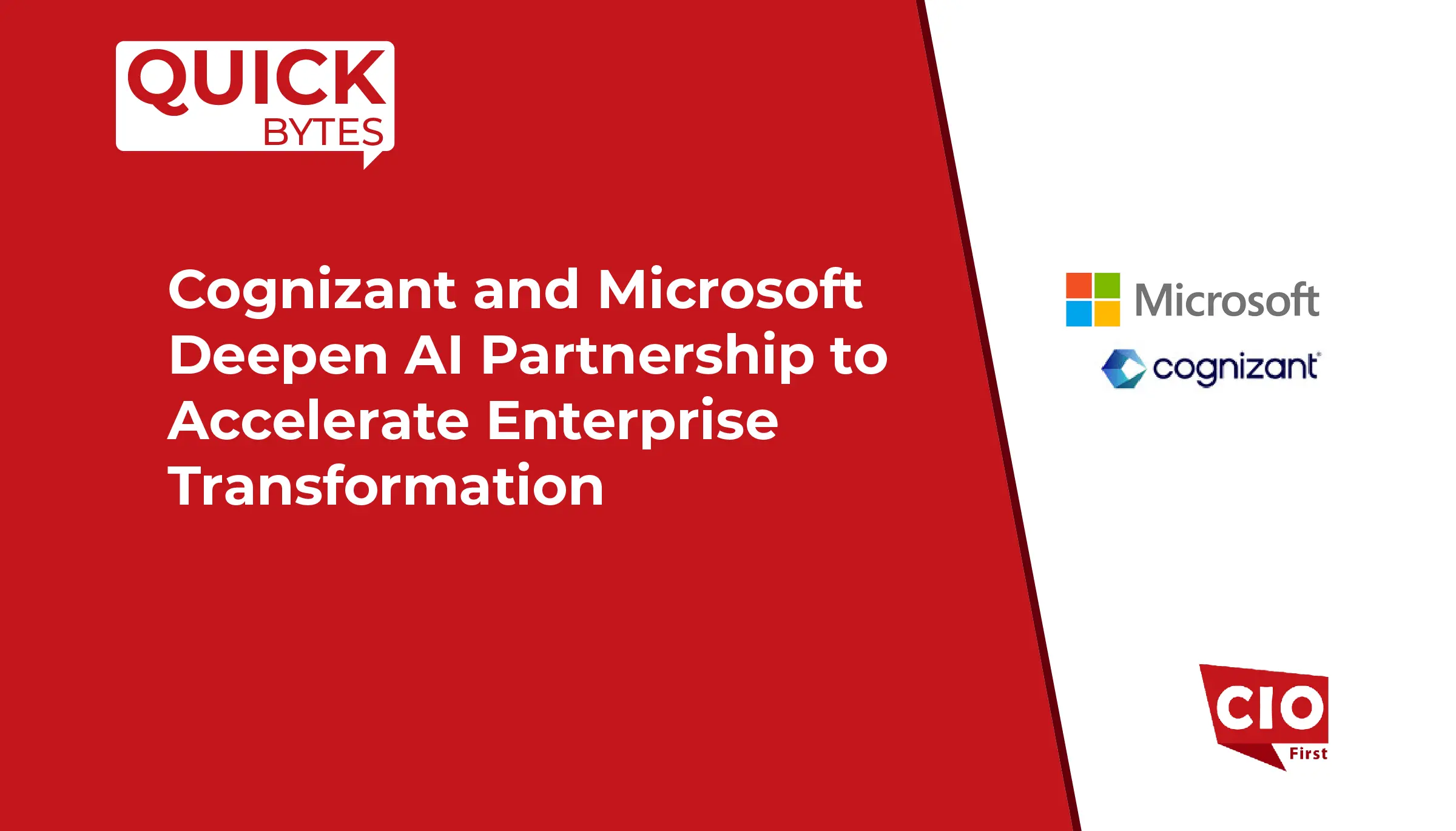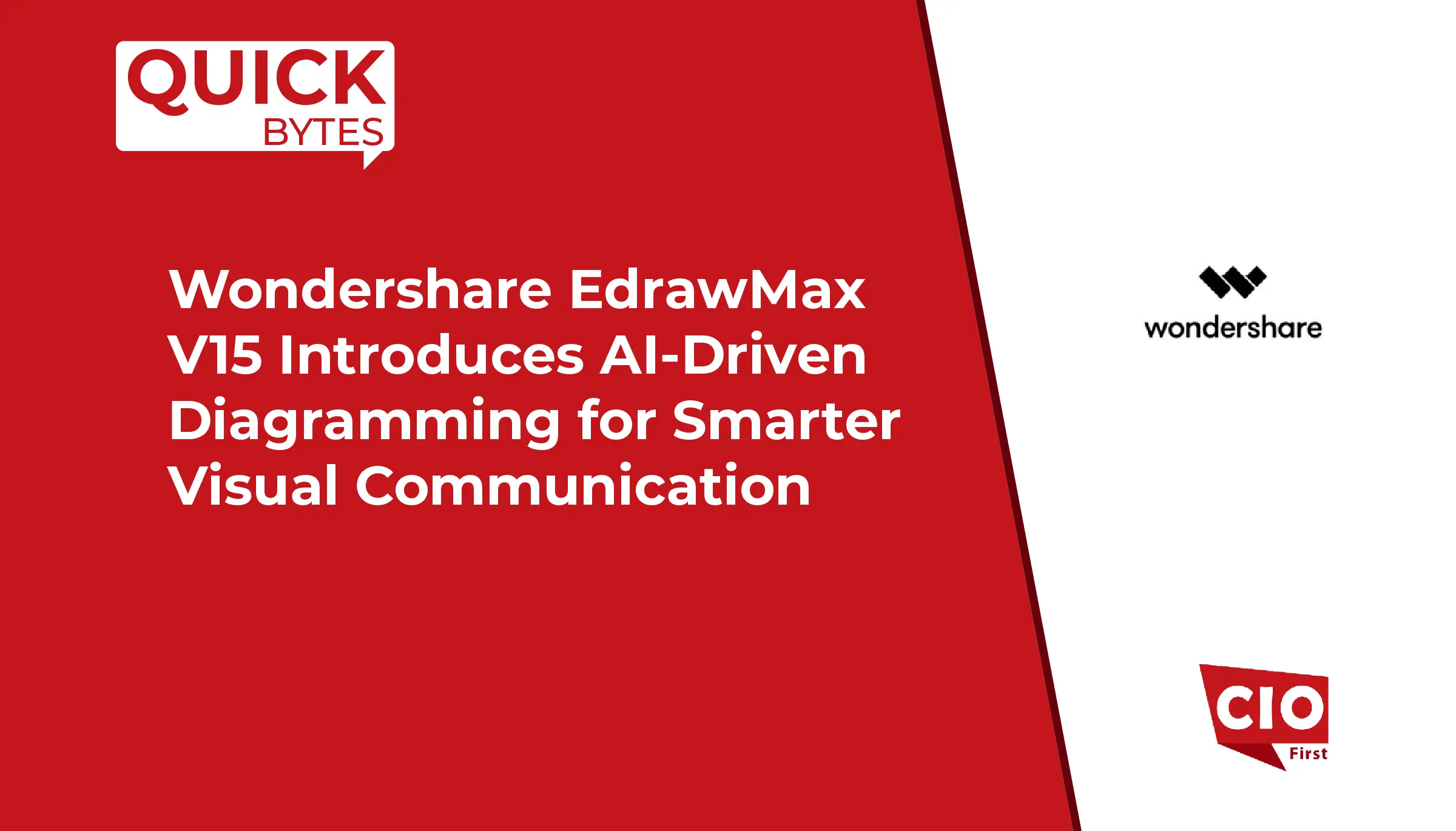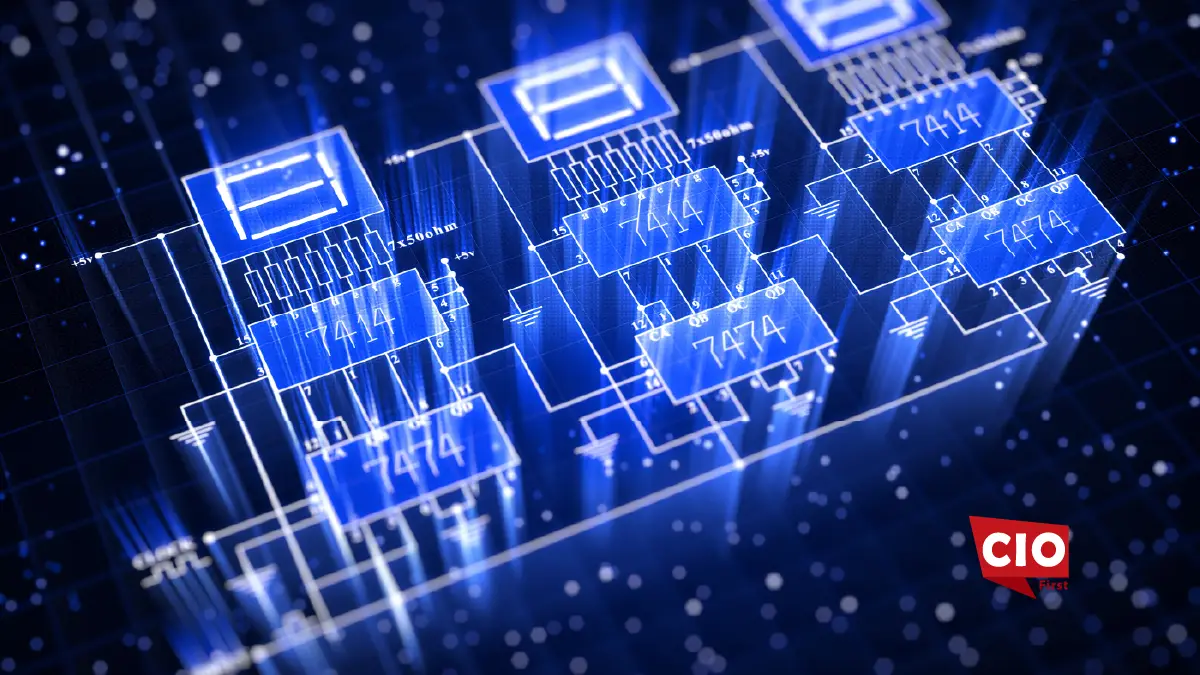Today, businesses need to move fast. They need IT systems that can keep up. Composable infrastructure helps them do that. It breaks down hardware and software into parts. These parts can be used, reused, or changed as needed. This means more speed, less waste, and better control. In this blog, we’ll see how this infrastructure is changing IT strategy. It’s helping teams work smarter and plan for the future.
What is Composable Infrastructure?
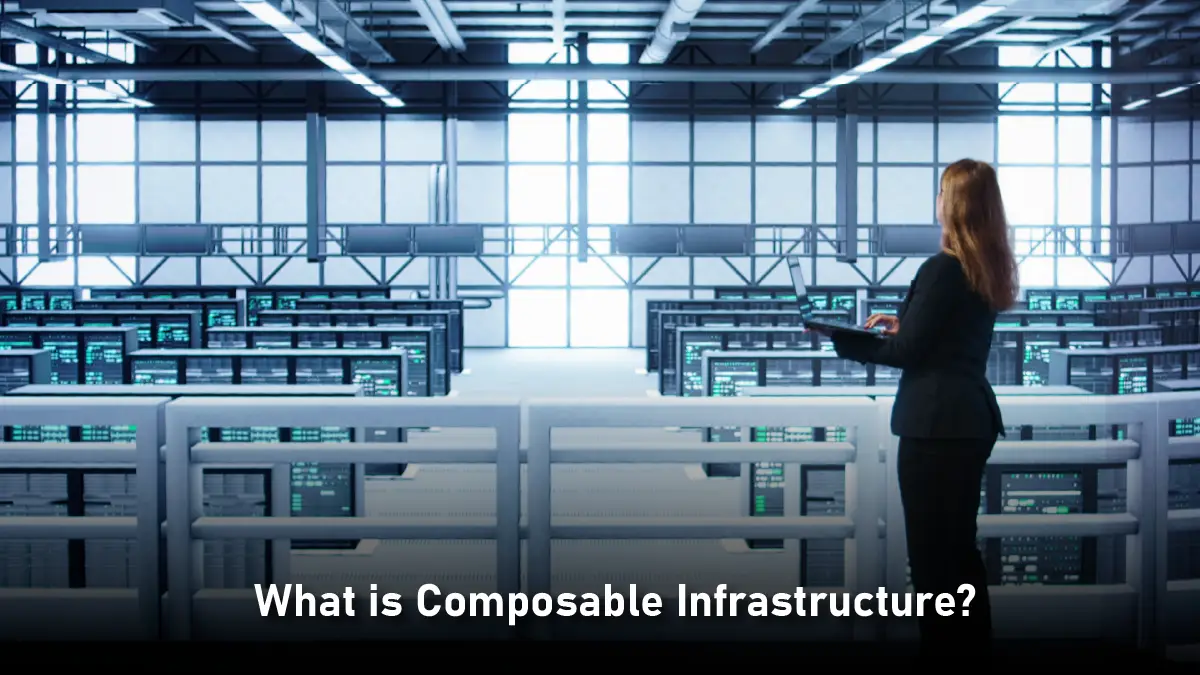
A contemporary approach to data center architecture known as ‘composable infrastructure’ enables IT managers to dynamically generate, modify, and oversee computing, storage, and networking resources in accordance with the particular requirements of workloads or cloud-native applications. Treating data center resources as fluid pools as opposed to static, compartmentalized entities is the fundamental idea, which is straightforward but revolutionary. This enables real-time allocation of customized data center infrastructure configurations by IT teams for certain workloads and applications. Hardware resource use can be made more flexible and efficient by simply allocating, reallocating, and scaling these resources as needed.
When paired with a software-defined data center strategy, IT teams can use modular infrastructure to streamline storage management through the software user interface (UI). This eliminates the problems of over-provisioning and under-utilization of resources by making it simple to provision, deploy, and manage storage resources as needed.
Why Composable Infrastructure?
Modern IT teams must provide agility, or the capacity to quickly adapt to changing business needs, in addition to stability. The goal of traditional IT has always been to ‘keep the lights on’ while cutting expenses, but modern IT must also attain high operational velocity so that the company may swiftly introduce new goods and services to the market.
In order to handle new applications, traditional infrastructure solutions; which predate virtualization; need new physical servers as well as specially designed networking and storage systems. In order to handle various workloads, this approach frequently requires the construction of infrastructure silos, which raises the cost and complexity of your data center.
Workload-specific environments are no longer necessary thanks to composible infrastructure, which offers a flexible collection of resources that can be dynamically merged to suit the particular requirements of every application. It makes the data center more flexible and economical, minimizes underutilization and overprovisioning, and offers the highest application performance available. IT can provision on-premises infrastructure with composable infrastructure as fast and easily as it can acquire and deploy public cloud resources.
Composable infrastructure allows IT to keep physical workloads in the same environment that allows for virtual and container-based workloads, in contrast to other simplified infrastructure solutions like converged and hyperconverged infrastructure.
Key Features of Composable Infrastructure
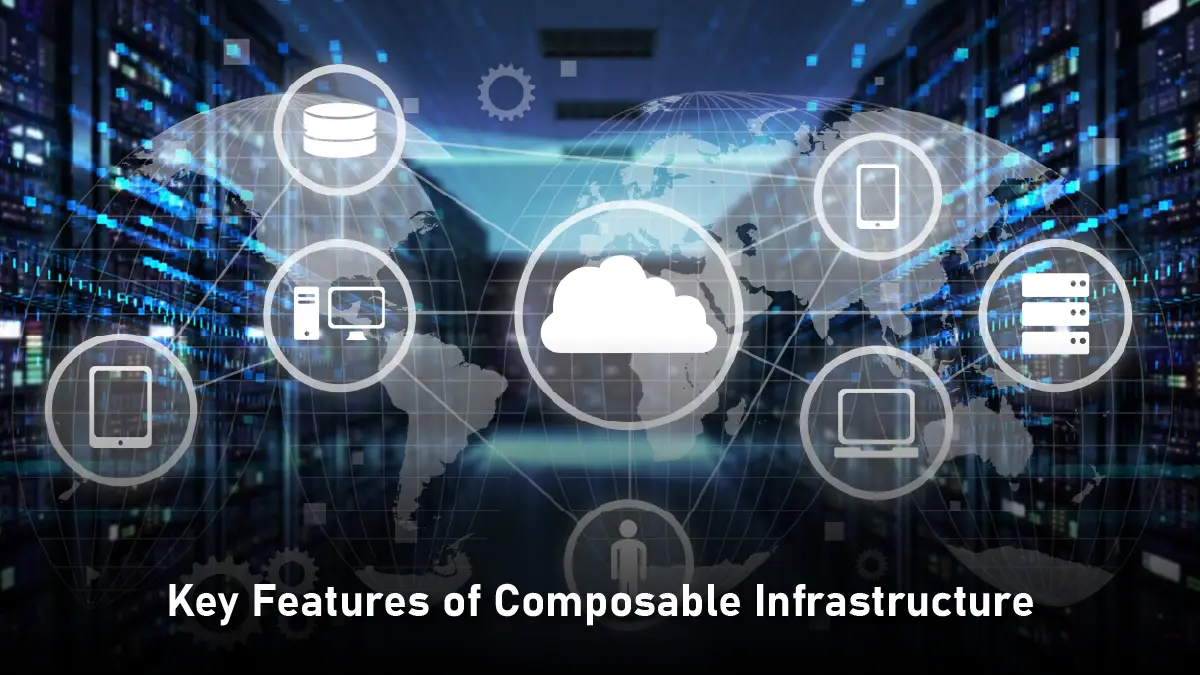
Software-Defined Intelligence: Task automation and more effective resource use are made possible by the use of software to manage resources.
High-speed interconnects: These are necessary for quick resource provisioning and reconfiguration, which keeps performance stable even as application demands fluctuate.
Fluid Resource Pools: It is possible to combine resources into shared pools from which services and apps can extract precisely what they require at the appropriate time.
Benefits of Composable Infrastructure
Composability, another name for ‘composable infrastructure,’ is a software-defined disaggregation technique. In a data center, disaggregation separates resources from hardware such that the network fabric connects them to one another. With software-defined infrastructures, programs, not the hardware they run on, may control resources and applications.
To eliminate the need for IT personnel to manually setup and provision every component of the architecture, a composer; a specialized API or software platform; prepares hardware. Depending on the current requirement, the composer divides resources into pools.
Because of this responsive redistribution, which also makes it possible for flexibility and scalability, composability is gaining popularity. Data centers require programs to migrate to a new environment if their current one isn’t functioning well. It may imply that the storage pool is instantly transferred to a different server in the event that one fails.
Composer software controls how workloads execute on the available servers, allowing software-defined pools built by composability to run on any hardware in the system. Composable infrastructure is made to execute workloads and applications on servers that are made of bare metal.
As a result, all network, storage, and computing resources are accessible through the data center network thanks to comprehensible infrastructure. They are virtualized, meaning they may be accessed from more than one computer, server, or silo. Composability helps IT systems become less siloed.
Because they usually operate on-site, commable systems are less expensive than traditional public clouds. Businesses who still require legacy apps to function properly on the servers that are currently in their office can benefit from them.
Also Read: Cloud Optimization Best Practices for Enterprises in 2025
Components of a Composable Infrastructure Platform
Composable Hardware:
Storage, network resources (both real and virtualized), and compute (bare metal or virtualized servers) are combined into common pools that can be distributed as needed for optimal resource use.
Composable Software:
By separating the management layer from storage hardware, SDS enables the effective and dynamic distribution of storage resources among applications. Composable infrastructure software guarantees that storage scales in tandem with computation and network resources, allowing for quick reaction to workload demands that change quickly.
High-Speed Interconnects:
For workloads that require high performance, such as AI/ML, real-time analytics, and transactional workloads, low-latency, high-bandwidth interconnects, such NVMe-oF and NVMe over TCP (NVMe/TCP), provide quick I/O operations.
Composable APIs:
These provide platform automation and flexibility by allowing developers and IT teams to programmatically access and control resources.
Because of this modularity, businesses may streamline IT processes and react to workload demands with previously unheard-of speed and accuracy.
Difference Between Composable, Hyper-Converged, and Converged Infrastructures
These three contemporary data center infrastructures accomplish their goals; combining resources and increasing their flexibility; with differing degrees of success.
The goal of converged infrastructure was to consolidate all required IT resources into a single system, offering a more adaptable option to traditional IT infrastructure. This encompasses components related to computing, networking, and storage. Although it doesn’t completely eliminate silos, it is practical for companies that want solutions that are already deployed or configured.
The location of resources within the data center is usually suggested by the vendor’s configuration recommendations for converged architecture. When servers, software, hardware, and other resources come together, the full converged system is frequently bought. This indicates that the infrastructure functions properly overall, but it also runs the risk of vendor lock-in.
Similar to this, hyper-converged infrastructure aims to integrate storage, network, and computing elements within a data center; however, it is virtualized. Hypervisors are needed to separate a hyper-converged system from the underlying servers.
In general, x86 servers are used in hyper-converged infrastructure. It needs to be configured, and administrators need to add more nodes to the infrastructure in order to scale it out. Highly scalable infrastructure is the goal of hyper-converged systems.
In terms of disaggregation, both are not the same as compostable infrastructure. Composable computing, networking, and storage resources are not tied to a single server but rather to the network fabric, as opposed to a hypervisor or hardware. Resources are moved to pools by the composer software based on current demand.
Data centers can manage their IT resources using converged architecture in a single, rarely changing system. A virtualization solution for companies that need to scale their computer resources is hyper-converged infrastructure. Composability is the perfect answer for data centers with workload and application requirements that change quickly.
Concluding Thoughts
The management and deployment of IT resources by enterprises has advanced significantly with the advent of composible infrastructure. By dismantling conventional resource silos and adopting a software-defined, modular strategy, you may attain unmatched scalability, agility, and cost-effectiveness. Composable benefits are increased by integrating SDS, which guarantees that storage requirements are satisfied precisely and adaptably. Composable infrastructure is a core framework for the cloud era and an excellent design for today’s data center concerns, acting as a catalyst for innovation.
